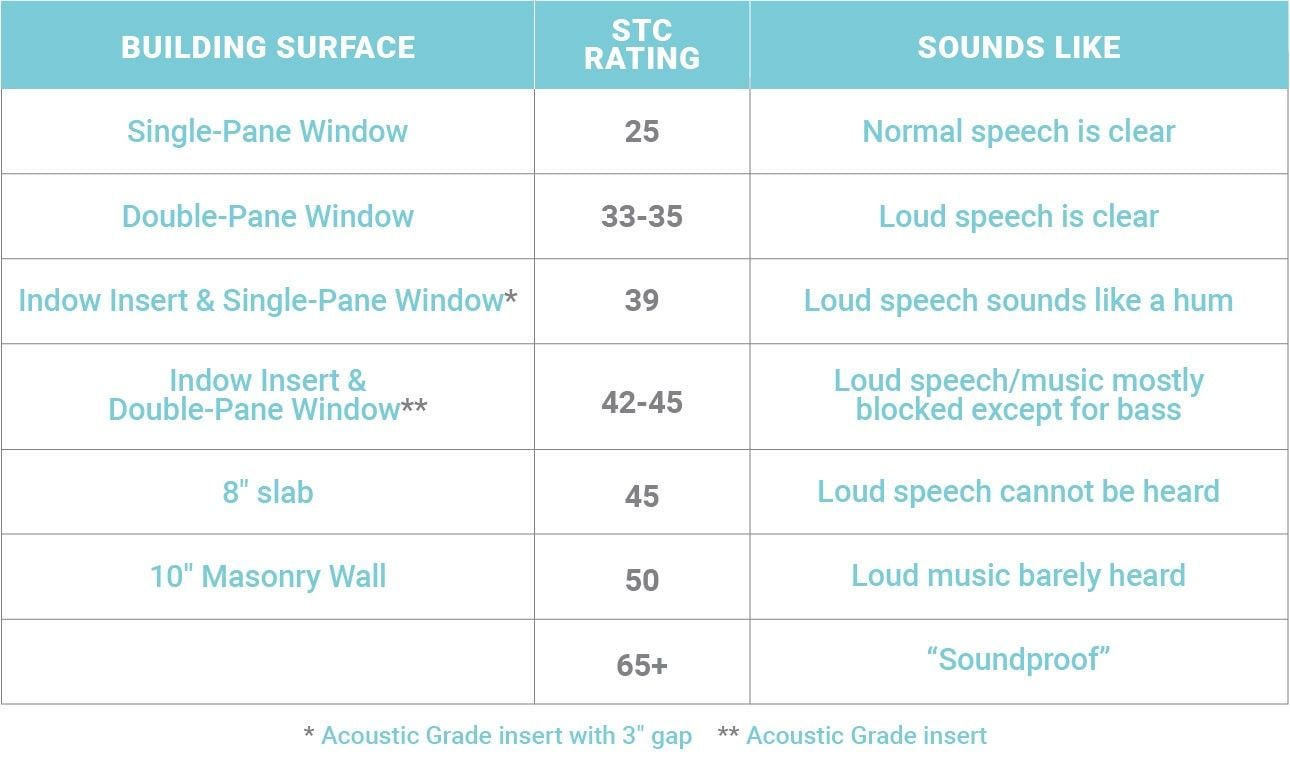sound transmission class (stc) is a measure of the
Before we can understand how it works we need to look at some other terms. Question 11 25 points Saved Sound transmission class STC is a measure of the Question 11 options.
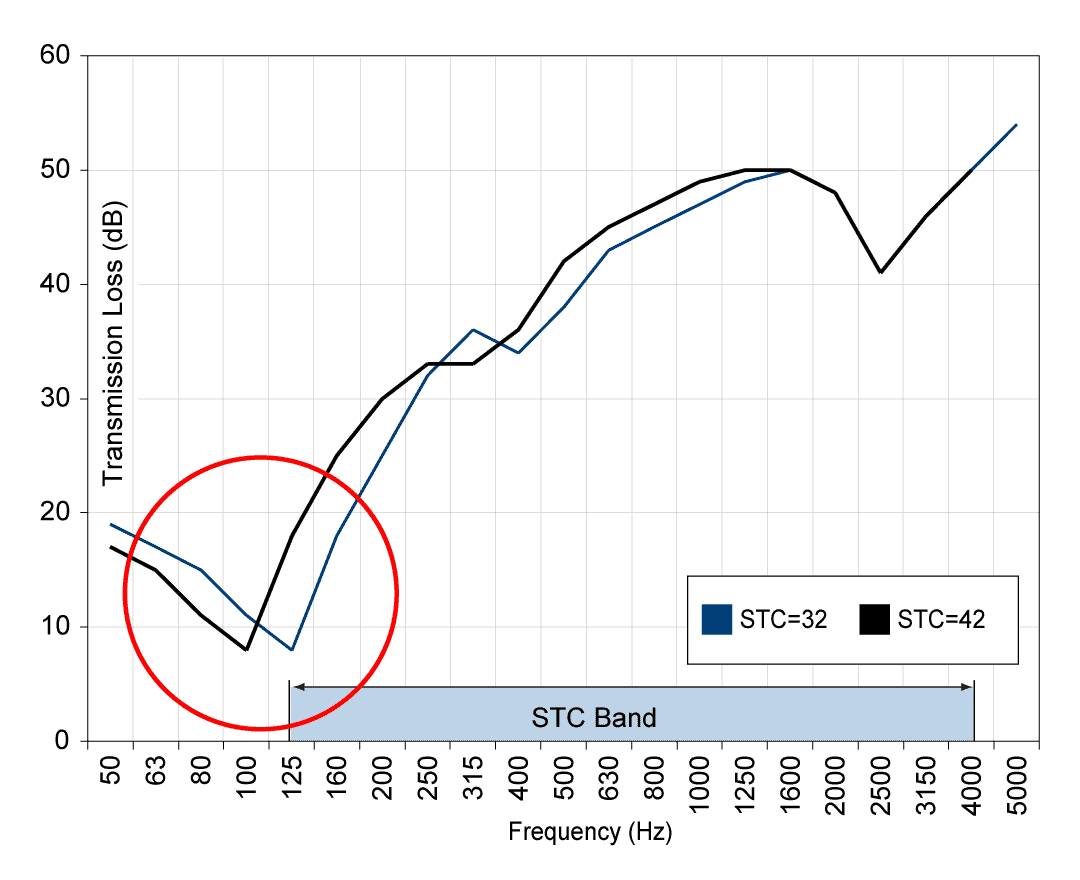
Understanding Stc And Stc Ratings Soundproofing Company
Materials are tested over multiple sound frequencies from bass levels of 125Hz to treble levels of 4000Hz.
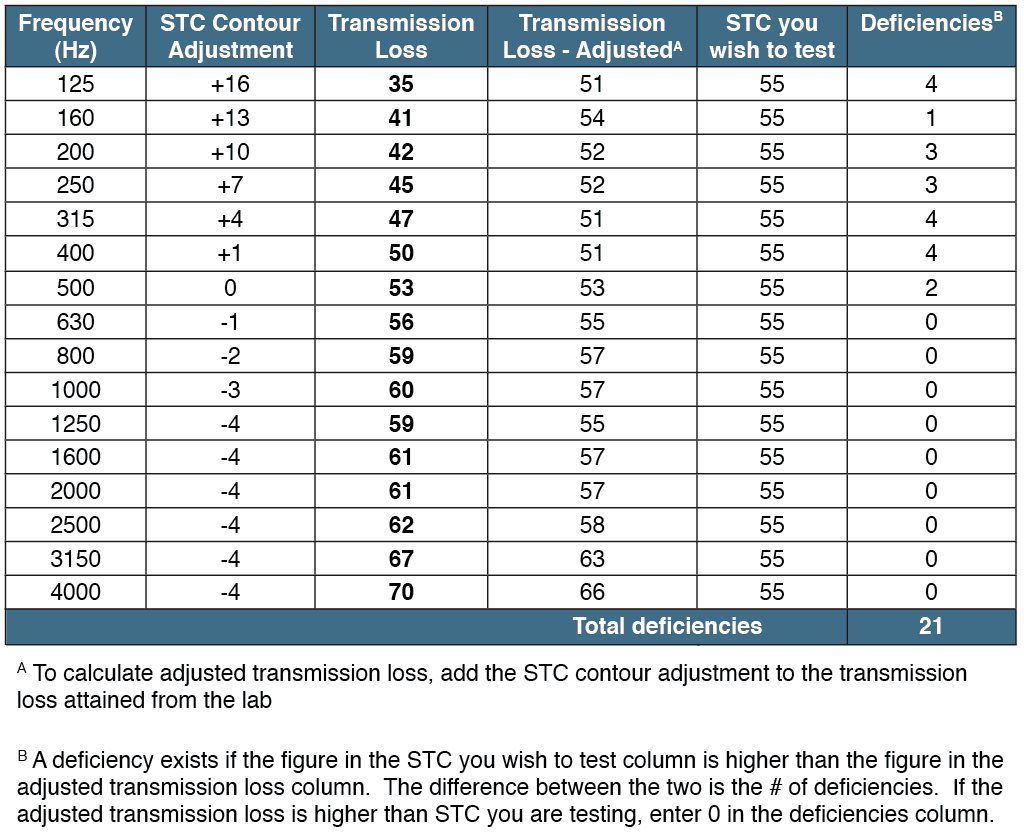
. When researching soundproofing materials youll probably come across something called an STC rating. A standard interior wall constructed with 58 drywall on hollow studs has an average Sound Transmission Class of 33. STC or Sound Transmission Class is meant to measure how much sound a partition like a wall would stop.
The higher the STC rating the better the sound isolation and vice versa. So the ability of that barrier to keep noise out gets whats called a Sound Transmission Class rating. Soundproofing is measured in North America using Sound Transmission Class or STC.
First let us look at the term dB or decibels. The higher the STC number the greater a materials ability to block sound. The STC is a weighted average of the transmission loss values at 16 third-octave band frequencies that is normalized using the area of the common.
That is the magnitude of the fluctuations in air. Sound transmission class STC is a measure of the. While the STC rating tells us how much sound is blocked from going through a product the NRC Rating.
The STC is measured by positioning a representative. STC Sound Transmission Class is the most common sound reduction measurement in use. These classifications rate the interior partitions of a wall and how well they reduce noise in decibels.
A dB value simply measures how loud or soft a sound is. For architects delving into the zany fun-filled world of sound abatement another acronym that will pop up sooner rather than later is the OITC OutdoorIndoor. The decibel reduction in noise that a materialpartition may give abbreviated dB is used to calculate STC.
Although its a commonly used rating to tell you how effective. Sound transmission class STC is a measure of the. C sound-insulating property of a material with respect to structure-borne sound.
Sound-insulating property of a material with respect to airborne sound. Sound-insulating property of a material with respect to airborne sound For a party wall between two dwelling units such as two apartments the building codes require its minimum STC value to be. Decibels are a measure of sound intensity.
Sound-insulating property of a material with respect to structure-borne sound. Sound Transmission Class or STC is the rating system by which the ability of a partition to attenuate reduce the effect of airborne sound is measured. People often mention NRC and STC ratings in similar contexts but they are slightly different rating systems.
As common as this measurement is it is quite limited and should not be totally relied upon for real world soundproofing expectations. If the plotted curve approximately matches an STC 45 curve then that wall or structure being tested is said to have a Sound Transmission Class of 45. Sound-absorbing property of a material.
What is STC rating. Sound Transmission Class STC is used to measure a building materials ability to reduce sound. A sound-absorbing property of a material.
But barrier technology is a completely. Today STC values are provided for acoustic insulation made from a single material and for multi-layer. Generally the higher the STC rating the more sturdy and the more frequencies and the greater levels of isolation it can provide.
In short STC gives you a rough idea how much sound a wall for example might stop. B sound-insulating property of a material with respect to airborne sound. There are several standard reference curves.
In the USA it is widely used to rate interior partitions ceilings and floors doors windows and exterior wall configurations see ASTM International Classification E413. In the USA it is widely used to rate interior partitions ceilingsfloors doors windows and exterior wall configurations see ASTM International Classification E413 and E90. Dont worry well explain all this below.
A Sound Transmission Class STC rating is therefore an instrument measurement of how much noise is stopped. An STC rating of 20 is considered very poor soundproofing quality whereas an STC rating of 60 is considered excellent soundproofing quality. So its the percentage of sound that it is able to block out for you.
What is Sound Transmission Class. The STC can be used to measure sound absorption for both external building walls and internal walls in single and multifamily structures. The STC scale is a logarithmic measure of sound reduction throughout the frequency range of human hearing.
Lets first cover a few concepts. Sound Transmission Class or STC is an integer rating of how well a building partition attenuates airborne sound. They are then assigned STC ratings a United States standard since 1961.
Its the measurement of how much noise is reduced as it passes through a medium. Since the 1960s STC ratings have been used to describe the acoustical properties of ceilings walls floors and doors. Specialists use a system to measure the quality of soundproofing in a room.
The STC is a single number rating scale that measures a wall ceiling or floor assemblys ability to block sound transmission. Sound Transmission Class STC In Chapter 9 we discussed the formal procedures for the measurement of the airborne sound transmission loss and the determination of the Sound Transmission Class STC of a partition. The sound transmission class was first introduced in 1961 and has since become the standard single-number metric to describe sound blocking materials.
The Myths 1 If Wall A has a Sound Transmission Class of 60 STC 60 and Wall B also has an STC 60 of 60 they are exactly the same. Sound Transmission Class STC is an integer rating of how well a building partition attenuates airborne sound. A loud rock band at a club is typically around 110dB while the noise level in a quiet office is probably around 30dB.
Technically speaking STC is a measurement that is used to determine how effective soundproofing materials are at minimizing sound transmission between rooms. Youll see it as part of the technical specs for ceilingfloor assemblies doors soundproof windows and walls. The higher the number the greater the drop in decibel levels bleeding through the surface.
The majority of common STC ratings fall within a range of 20 to 60. D sound-reflecting property of a material. Lets start by explaining dB.
The Sound Transmission Class STC measured in decibels is used to measure building materials ability to absorb sound. Outside the USA the Sound Reduction Index SRI ISO. This scale includes segmented ranges known as sound transmission classes or STCs.
Higher STC ratings translate into more reduction in sound. Sound-reflecting property of a material. STC stands for Sound Transmission Class.
Sound transmission class STC describes the ability of a product or material to stop the transmission of airborne sound.
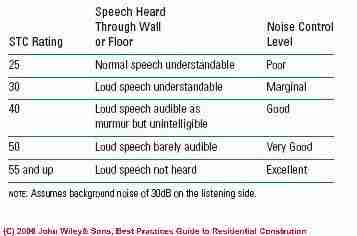
Sound Transmission Class Stc Sound Reduction Index Sri Wall Sound Transmission Control

Sound Transmission Class An Overview Sciencedirect Topics
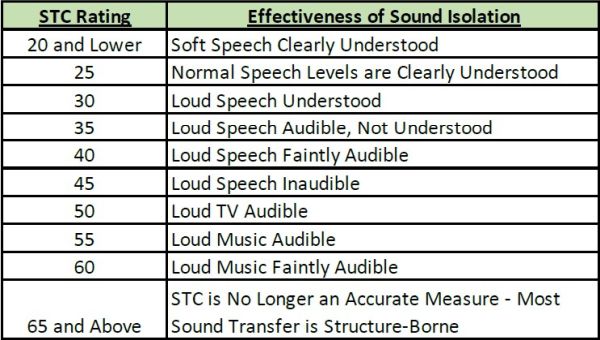
Target Stcs Recommended Stc Ratings On Demising Corridor Walls
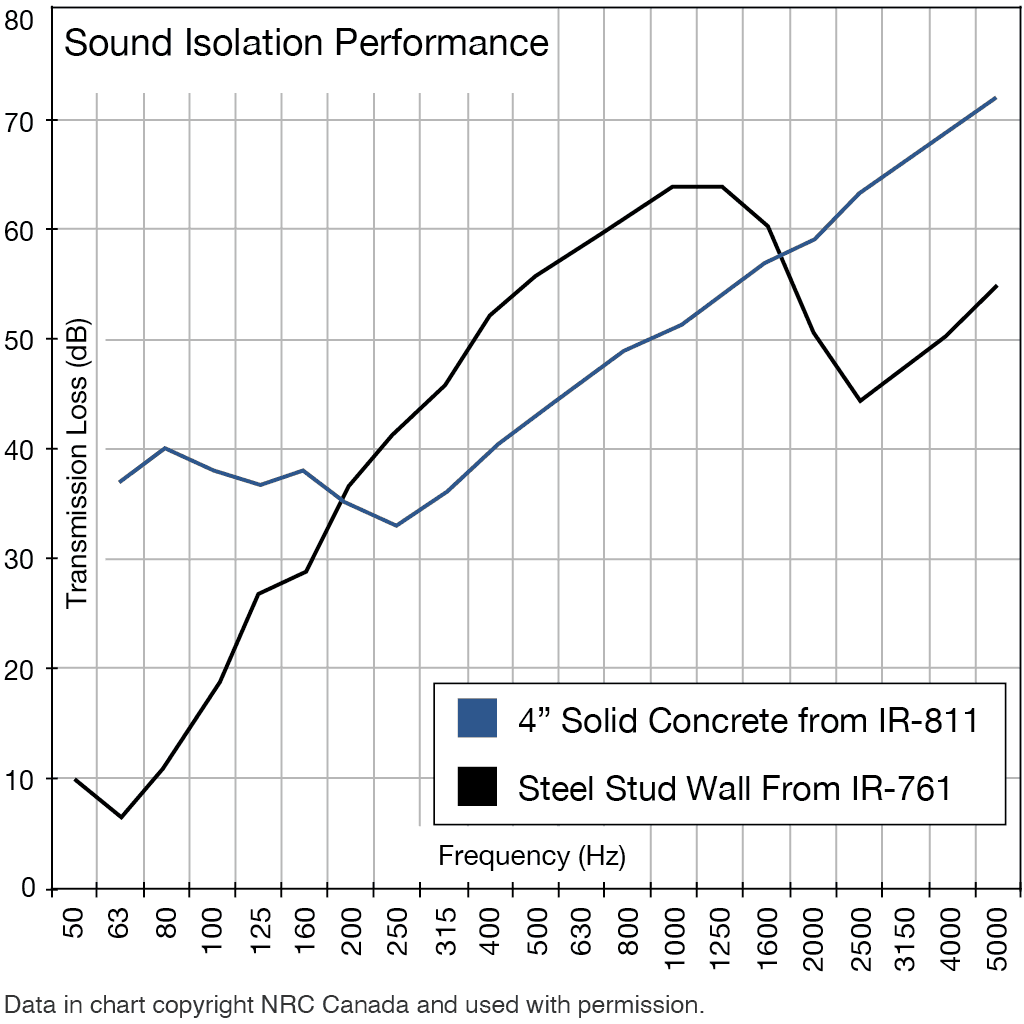
Understanding Stc And Stc Ratings Soundproofing Company
![]()
Understanding Stc And Stc Ratings Soundproofing Company

Pin On Vo Research And Resources
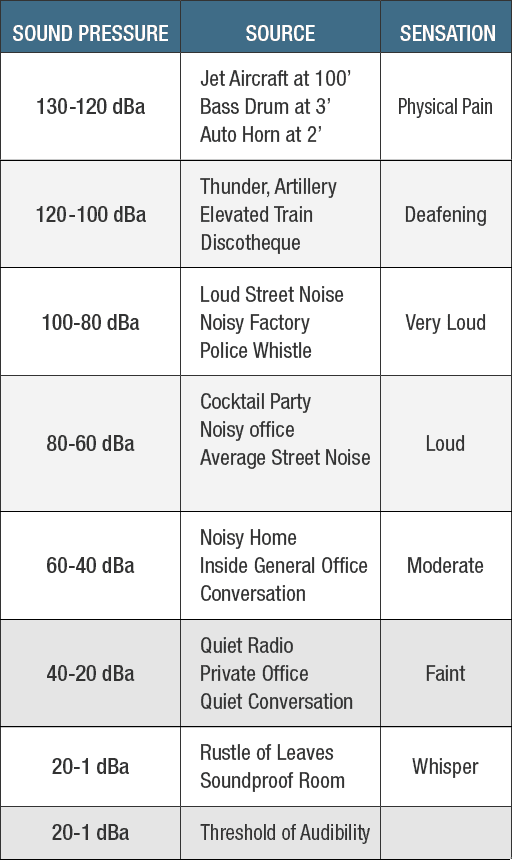
Understanding Stc And Stc Ratings Soundproofing Company
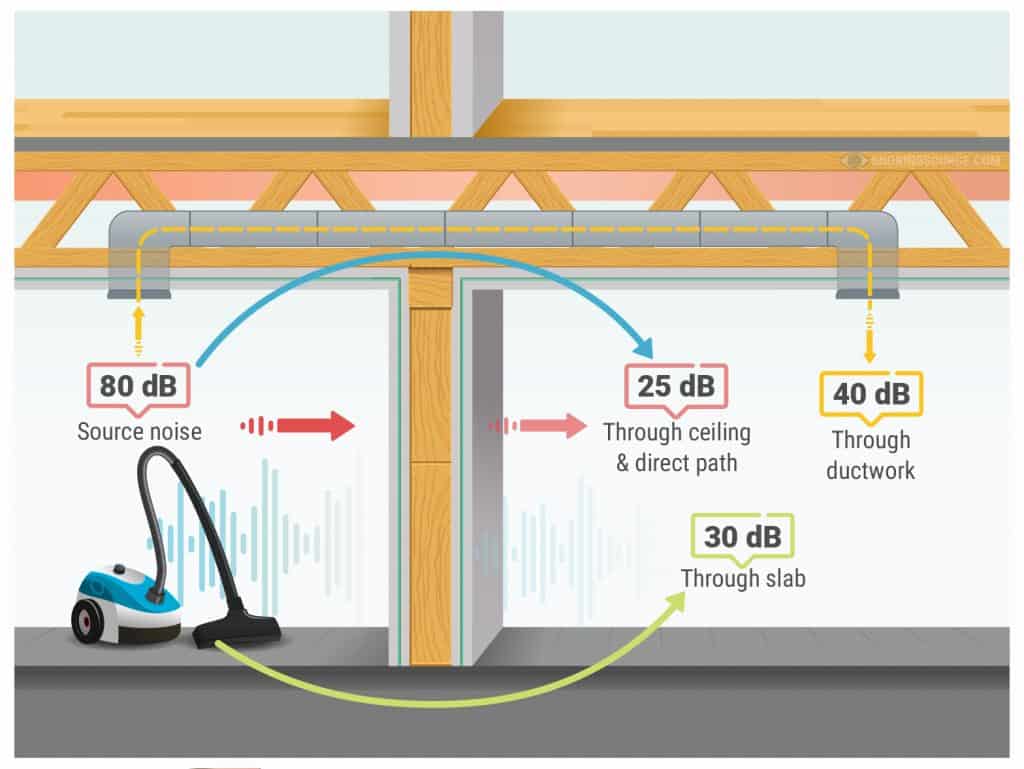
Sound Transmission Class Stc Rating Explained Snoring Source
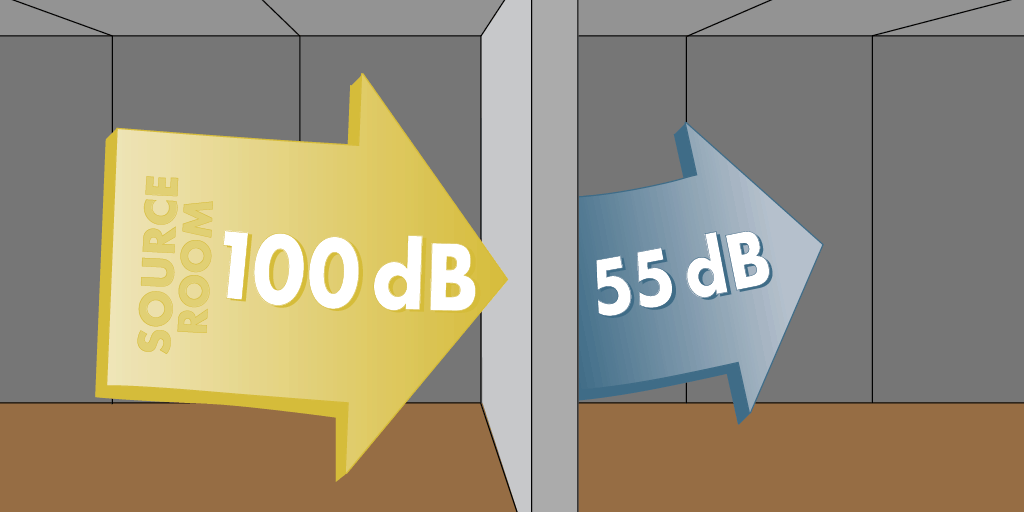
Understanding Stc And Stc Ratings Soundproofing Company
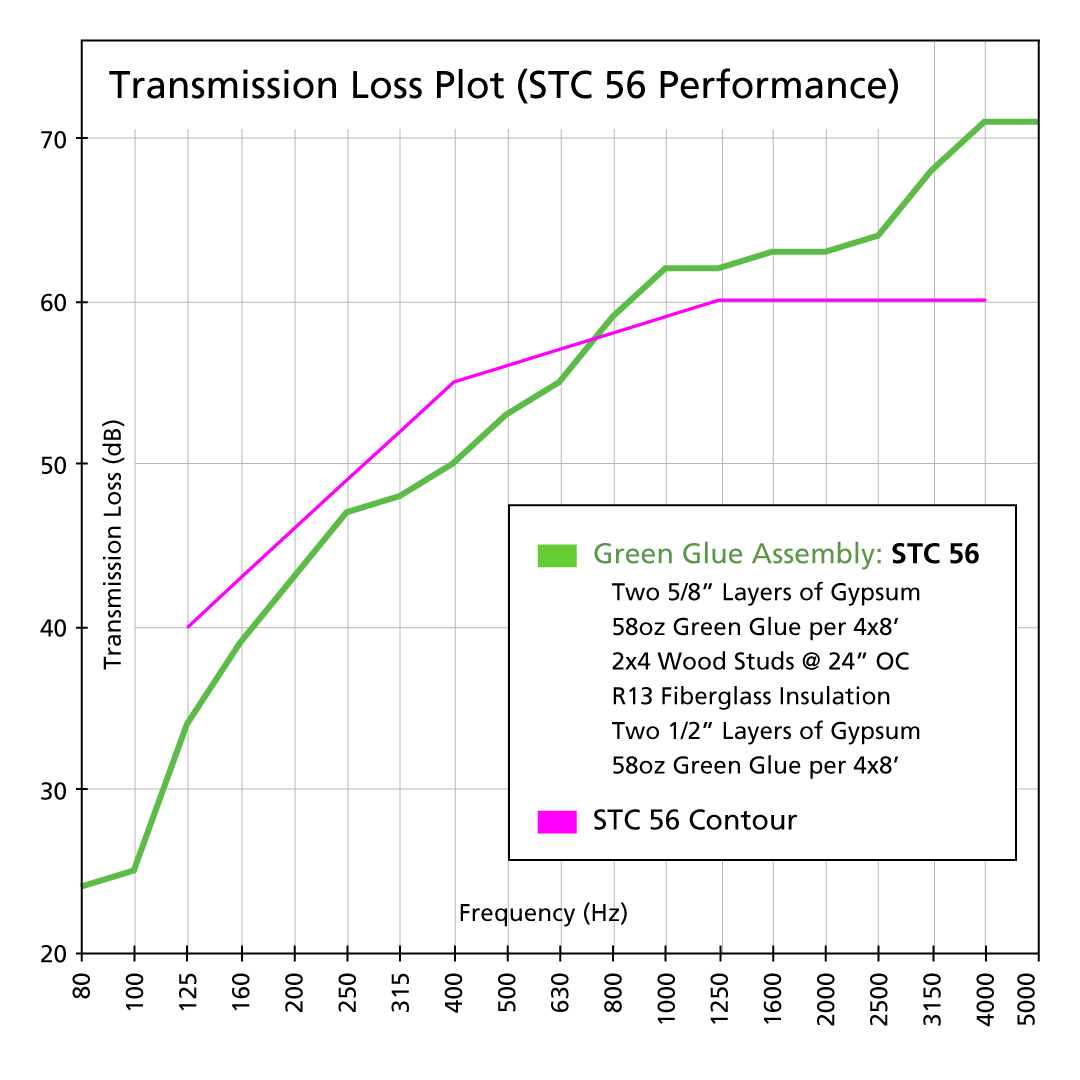
Understanding Stc And Stc Ratings Soundproofing Company
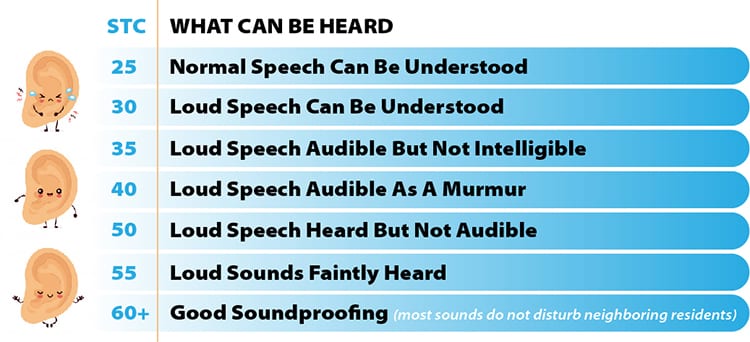
Sound Transmission Class Stc Ratings Scale Hgc Engineering

Stc Ratings Six Things You Never Knew

Sound Transmission Class An Overview Sciencedirect Topics
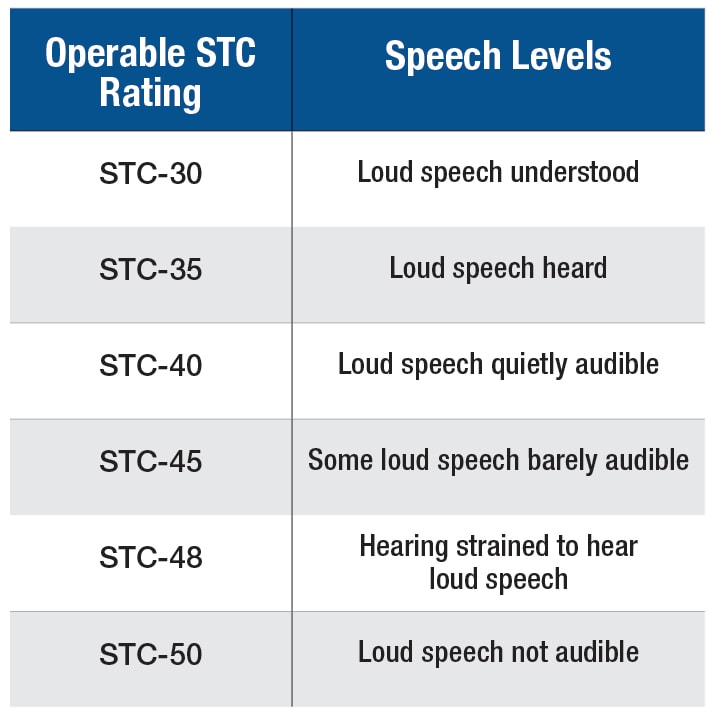
Choose The Right Stc Door Rating For Your Facility Doors
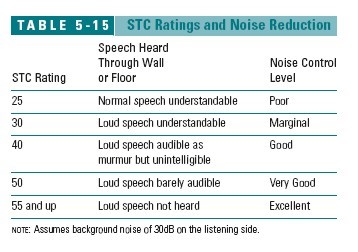
Sound Transmission Class Stc Sound Reduction Index Sri Wall Sound Transmission Control
